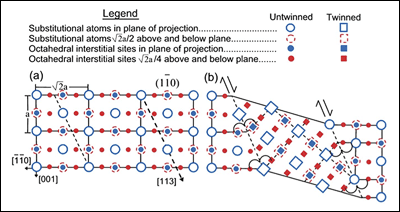Jung-Chul An, Ph.D. Candidate
Professor Mohamad Al-Sheikhly
Nano-sized structures are gaining increasing interest for their unique properties and performance, derived in large part from their specific size. Soft materials, namely polymer gels, having mutability and responsiveness to their surroundings, can also be engineered to form nano-structural products. These products have been drawing attention for their potential applications as drug-delivery carriers, sensors, nano-reactors and bio-mimic mechanical devices (e.g., artificial muscle).
A polymer nano-hydrogel is a three-dimensional polymer network composed of hydrophilic crosslinked macromolecular chains, 1-100 nanometers in diameter and swollen with liquid. Conventional methods used to synthesize nano-hydrogels normally require toxic chemicals to form the gel structure, and additional steps to remove unreacted or extra chemicals. This makes the procedure complicated, environmentally unfriendly, and hence generally unsuitable for biomedical uses.

Formation of nanohydrogels.
The Al-Sheikhly group is developing simple, efficient methods of producing polymer nano-hydrogels for use as nano-sized drug carriers from polymeric aqueous solutions using ionizing irradiation. Using these carriers for drug delivery in cancer therapy has many potential advantages, including selective drug distribution in the tumor tissue with minimized side effects. Using a high energy electron beam is a very effective method to form nano-hydrogels. Since the only substances used are polymer molecules and water, harmful agents and purification steps are excluded, making this process clean and environmentally friendly.
Top